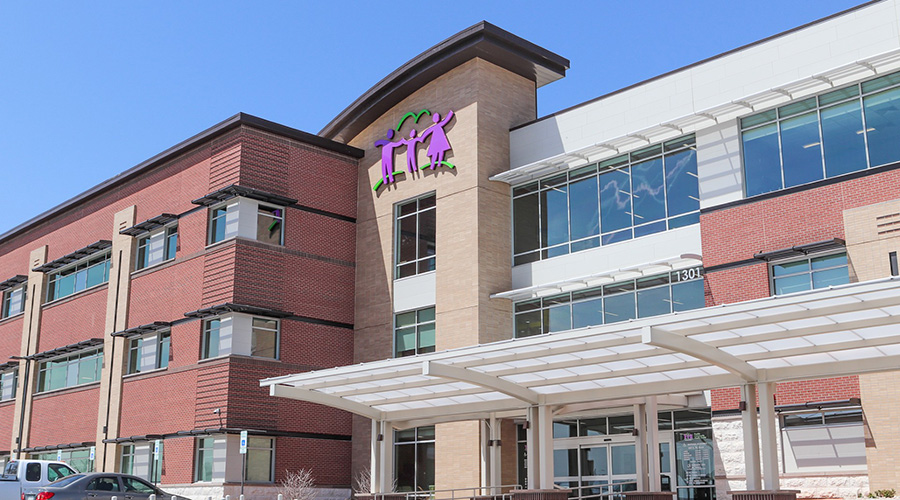Combined Approach Could Help Texas Meet Energy Demand
A new study shows that a combination of energy efficiency and onsite renewable energy resources, coupled with expanded demand response programs, can meet Texas’s growing electricity needs and save consumers money at the same time.
A new study shows that a combination of energy efficiency and onsite renewable energy resources, coupled with expanded demand response programs, can meet Texas’s growing electricity needs and save consumers money at the same time.
The
study outlines nine policies to moderate electricity demand through energy efficiency and develop onsite renewable energy resources such as solar and biomass. The expanded efficiency policies would meet 17.5 percent of forecasted 2023 electricity demand, while the onsite renewable policies would displace future conventionally generated electricity by an additional 4.9 percent for a total reduction of 22.4 percent, meeting the projected increases in demand over the next 15 years.
“Energy efficiency is the most affordable energy resource in Texas,” says R. Neal Elliott, Industrial Program Director at ACEEE and lead author of the report. “While 18 percent efficiency savings may seem challenging, Texas is already finding energy efficiency resources at less than 4 cents per kilowatt-hour, compared to the expected cost of power from new plants of 5 to 10 cents. Texas can procure more of these low-cost resources to meet future energy needs, addressing the question of where the state will get power to meet its growing demand.”
Texas’s peak electricity demand—which occurs, for example, when consumers crank up air conditioners during extreme heat—is growing faster than the state’s population, the report says. State energy leaders are concerned about whether the state will have sufficient generation to meet peak demand by 2009.
“Cost-effective demand response programs could reduce Texas’s peak electricity demand by over 1,000 megawatts in 2009, and over 3,000 megawatts in 2013,” says Alison Silverstein, former Chief of Staff of the Federal Energy Regulatory Commission (FERC) and coauthor of the report. “Over the longer term, price-responsive demand could permanently change Texas’s peak electricity requirements.”
“Texas has become a leader in renewable wind energy, but has been slow to implement onsite renewable energy resources,” says Mike Sloan, Virtus Energy Research, coauthor of the report. “An investment today in onsite solar and biomass will help create the future capability that will allow renewables to meet a growing share of the state’s energy needs.”
The new report will be followed by a second study that will assess the economic impacts of these investments in energy efficiency and renewable energy resources. A previous analysis in Texas found that these types of investments typically produce twice the jobs and in-state economic growth that are produced from an equivalent investment in power plants.
The study recommends nine policies as building blocks for this new energy future:
1. Expand Texas’s existing Energy Efficiency Improvement Program (EEIP) from the current 10 percent of load growth to 50 percent of load growth
2. Tighten building energy codes
3. Increase demand response programs that can reduce electricity demand during peak load periods
4. Set a target for expanded installation of combined heat and power (CHP) capacity in Texas
5. Provide incentives for expanded installation of onsite renewable energy
6. Set new state-level appliance and equipment standards
7. Develop advanced energy-efficient building program
8. Implement energy-efficient state and municipal buildings program
9. Implement short-term public education and rate incentives
Related Topics:











